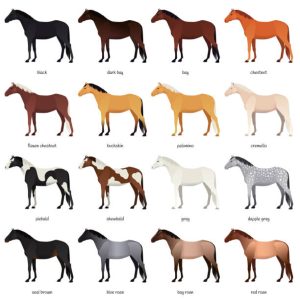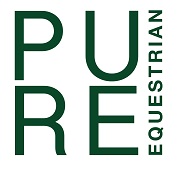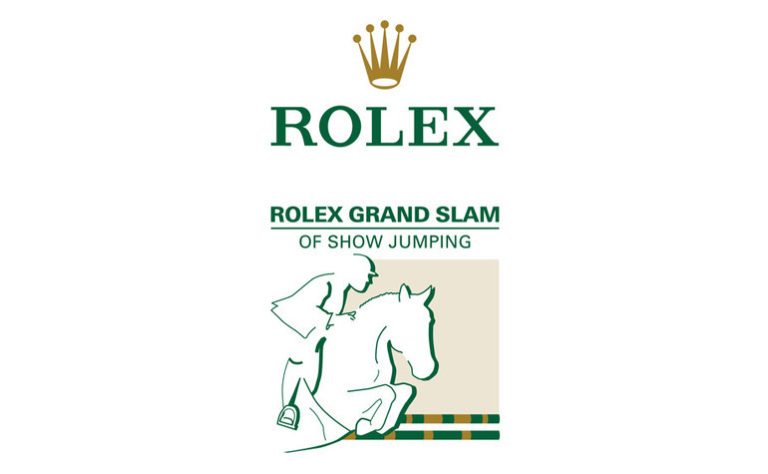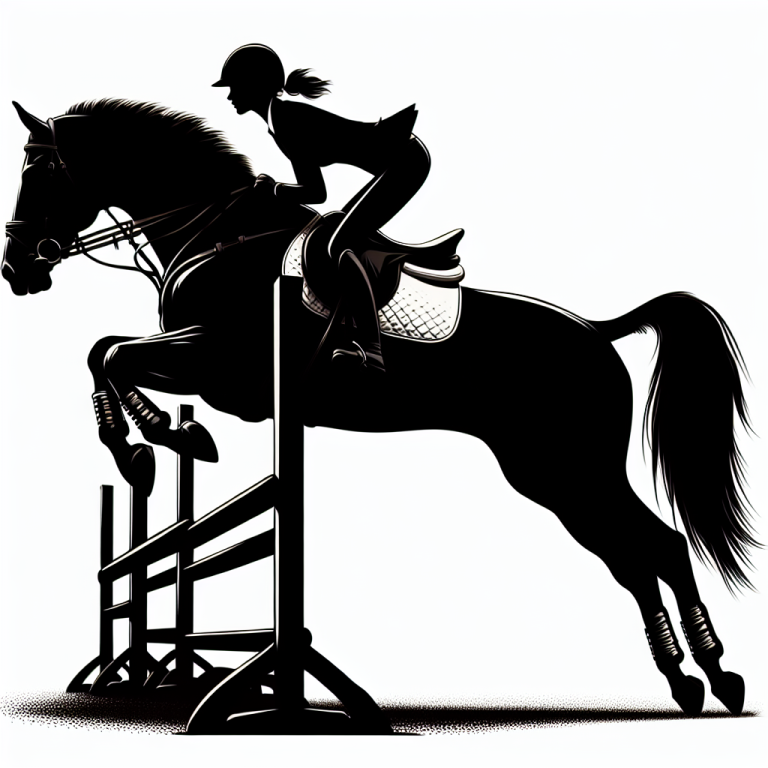Have you ever wondered about the significance of a horse’s coat colour and markings? It turns out that these attributes go beyond mere aesthetics and serve a purpose rooted in evolution and survival. From the mystical allure of the black horse to the timeless elegance of a dappled grey, each coat colour and marking carries its own unique story. Understanding the meaning behind these characteristics not only deepens our appreciation for these magnificent creatures but also sheds light on the fascinating world of equine genetics.
Table of Contents
ToggleUnderstanding Horse Coat Colours
Horse coat colours are not just a matter of aesthetics; they hold a wealth of information about the horse’s genetics, historical and cultural importance, identification, value, evolutionary significance, health considerations, behaviour, breeding programmes, and even the fascination they evoke in horse enthusiasts. By delving into each aspect, we can gain a deeper understanding of why coat colours are so significant in the world of horses.
Basic Coat Colour Categories
Horse coat colours can be broadly categorised into several groups: bay, black, chestnut, and grey. Each of these categories encompasses various shades and variations, creating a beautiful spectrum of colours. Understanding the differences between these basic coat colours is essential for identifying and appreciating the unique characteristics of individual horses.
Genetic Factors Influencing Coat Colour
Behind every horse’s coat colour lies a complex interplay of genes. While coat colour is primarily determined by the interaction of two genes, the Extension (E) gene and the Agouti (A) gene, other genetic factors can influence the final outcome. These genetic factors can result in the presence of white markings, variations in the intensity of coat colours, and even the inheritance of rare coat colours.
The Historical and Cultural Importance of Coat Colours
Symbolism and Superstitions
Throughout history, horse coat colours have held significant symbolism and superstitions within various cultures. For example, black horses have often been associated with mystery, power, and even evil in folklore and mythology. In contrast, white horses symbolize purity, divinity, and heroic qualities. These cultural associations have contributed to the enduring allure and fascination surrounding specific coat colours.
Practical Considerations
In addition to symbolic meanings, coat colours also played a practical role in different aspects of human history. In warfare, for instance, certain coat colours provided camouflage or made horses more visible on the battlefield. Additionally, coat colours could signify a particular breed, making it easier for breeders and buyers to identify and categorise horses. Understanding the historical and cultural significance of coat colours provides valuable insights into their enduring importance in the equestrian world.
Coat Colour and Markings in Equine Identification

The Use of Colour and Markings in Identification
Coat colours and markings play a crucial role in equine identification. While microchips and branding offer reliable identification methods, coat colours and markings provide an immediate visual reference. Unique markings, such as facial blazes or distinct sock patterns, help differentiate one horse from another, especially when photographs or detailed descriptions are not available. This aspect of identification is especially important in situations like searching for a lost or stolen horse.
Registration and Documentation
Coat colours and markings are also essential for registry and documentation purposes. Breed registries often require detailed descriptions and photographs of a horse’s coat colour and markings as part of the registration process. These records not only assist in verifying pedigree and maintaining breed standards but also provide valuable information for future breeding programmes. Accurate documentation of coat colours ensures the integrity and continued recognition of different horse breeds.
The Evolutionary Significance of Coat Colours
Camouflage and Survival
Nature has carefully selected the coat colours of wild horses to aid in their survival. Through natural selection, certain coat colours provided camouflage in specific habitats, allowing horses to blend in with their surroundings and avoid predators. Evolutionary research has unveiled fascinating insights into how coat colours have evolved to protect horses and ensure their survival in different environments.
Social Signaling and Mate Selection
Coat colours also play a significant role in social signaling and mate selection among wild and domestic horses. Vibrant or unique coat colours can serve as a visual indicator of an individual’s genetic fitness, leading to potential mate choice preferences. Certain coat colours may also signify dominance or hierarchy within a herd. Understanding the evolutionary significance of coat colours sheds light on how these traits have shaped the behaviour and interactions of horses.
Health Considerations Associated with Coat Colour
Sunburn and Pigmentation
Certain coat colours, particularly light-coloured or white coats, can predispose horses to sunburn and other sun-related health issues. Horses with pink skin and light coats have less natural protection against harmful UV rays, making them more susceptible to sunburn and potentially increasing the risk of skin cancer. Equine caregivers must be mindful of these risks and take appropriate measures to protect horses with specific coat colours.
Coat Colour-Linked Genetic Disorders
While many coat colours are harmless, some genetic disorders are specifically linked to particular coat colours. For instance, the leucistic coat colour in horses, often mistaken for white, is associated with genetic abnormalities that can lead to health issues. Genetic disorders related to coat colours require careful breeding practices and genetic testing to avoid passing on undesirable traits and maintain the overall well-being of horses.
The Impact of Coat Colour on Horse Behaviour
Temperament and Aggression
Contrary to popular belief, there is no direct correlation between a horse’s coat colour and its behaviour or temperament. Coat colour alone does not determine a horse’s disposition or aggression level. However, cultural beliefs and superstitions surrounding certain coat colours may influence the perception of a horse’s behaviour, leading to biases or misconceptions. It is essential to evaluate a horse’s behaviour based on individual characteristics rather than solely relying on coat colour stereotypes.
Thermoregulation and Sensory Perception
Coat colours can influence a horse’s ability to thermoregulate and perceive its environment. Dark-coloured coats tend to absorb more sunlight and heat, potentially affecting a horse’s cooling mechanisms in hot climates. Light-coloured coats reflect more sunlight, providing some natural protection against overheating. Additionally, horses with different coat colours may have varying levels of sensitivity to light and visual perception. Understanding these factors can help horse caregivers provide appropriate environmental conditions for optimal health and comfort.
The Role of Coat Colour in Breeding Programmes
Desirable and Undesirable Coat Colours for Breeding
Coat colour preferences play a significant role in breeding programmes, depending on the desired goals and objectives of the breeder. Breeders may seek specific coat colours to maintain breed standards or produce offspring with certain characteristics. However, it is crucial to strike a balance between focusing solely on coat colour and prioritising other important traits, such as conformation, temperament, and performance abilities. A well-rounded approach ensures the overall improvement of the breed while still considering coat colour preferences.
Selective Breeding for Colour Traits
Selective breeding can be employed to enhance or modify certain coat colours within a specific breed. By carefully selecting breeding pairs with desired coat colour traits, breeders can influence the likelihood of producing foals with specific coat colours. However, it is vital for breeders to exercise caution in their practices, ensuring the genetic diversity and overall health of the breed are not compromised solely for the sake of coat colour preferences.
The Vulnerability of Rare Coat Colours
Conservation of Rare Coat Colours
Some coat colours are exceedingly rare and may require conservation efforts to preserve their genetic diversity. For example, breeds with unique or endangered coat colours might be on the verge of extinction due to reduced breed populations or lack of breeding programmes dedicated to their preservation. By raising awareness and actively supporting these rare coat colours, horse enthusiasts can contribute to the conservation of these valuable genetic traits.
The Rarity Premium
Rare coat colours often come with a “rarity premium” attached. Horses with highly sought-after or unusual coat colours can command higher prices in the market due to their scarcity and the desirability associated with them. Nevertheless, it is important to remember that rarity alone does not determine a horse’s value or quality. Other factors, such as conformation, performance, and health, must be evaluated alongside coat colour when assessing a horse’s true worth.
The Fascination of Coat Colours in Horse Enthusiasts
Artistic and Aesthetic Appreciation
Horse enthusiasts, including artists and photographers, have long been captivated by the beauty and artistry of various coat colours. These captivating hues inspire creativity and interpretation, resulting in stunning artworks that celebrate the diversity of coat colours in the horse world. Furthermore, many horse enthusiasts find joy and fulfilment in simply admiring and appreciating the aesthetic appeal of different coat colours.
Personal Preferences and Emotional Connections
For horse enthusiasts, coat colours often form a personal connection and hold sentimental value. Individuals may have a preference for a specific coat colour based on personal experiences, childhood memories, or even a deep emotional connection to a particular horse. These personal preferences contribute to the fascination and deep affection people have for horses with specific coat colours, further strengthening the unique bond between human and horse.
In conclusion, a horse’s coat colour is far more than just an exterior attribute. It encompasses a rich tapestry of genetics, history, cultural symbolism, identification, value, evolutionary significance, health considerations, behaviour, breeding programmes, conservation efforts, and personal fascination. By understanding the multifaceted significance of coat colours in the equine realm, we can fully appreciate the beauty and complexity that each individual horse brings to the world.






